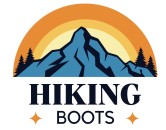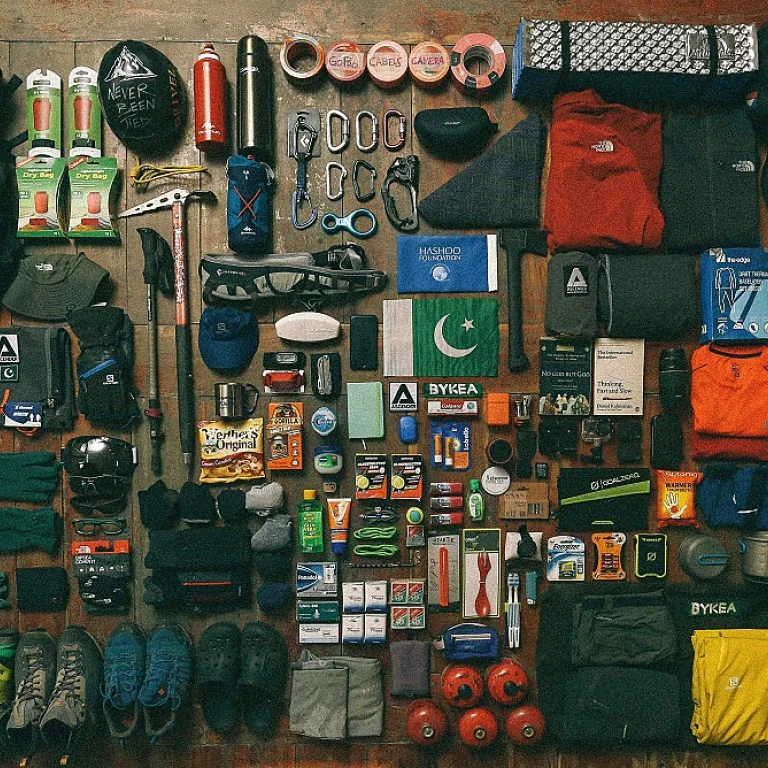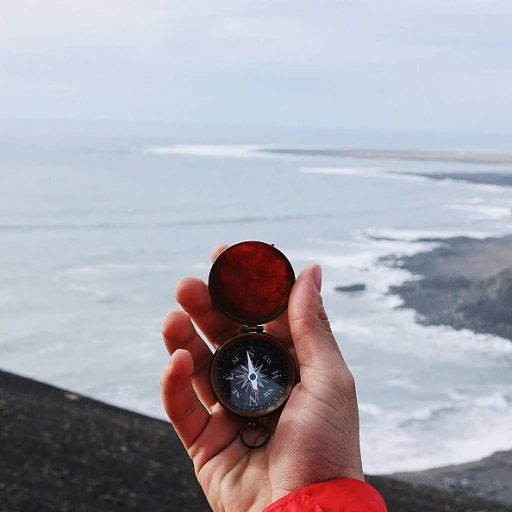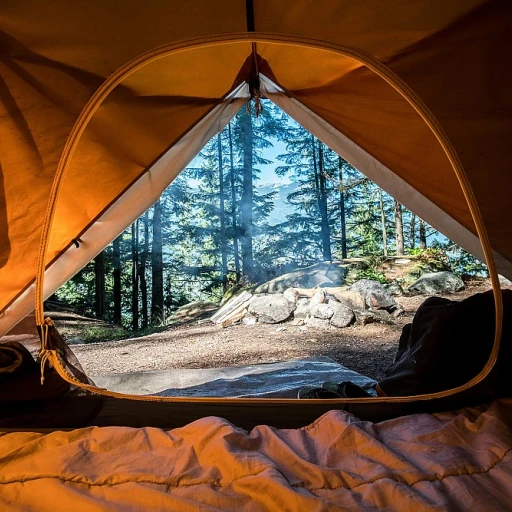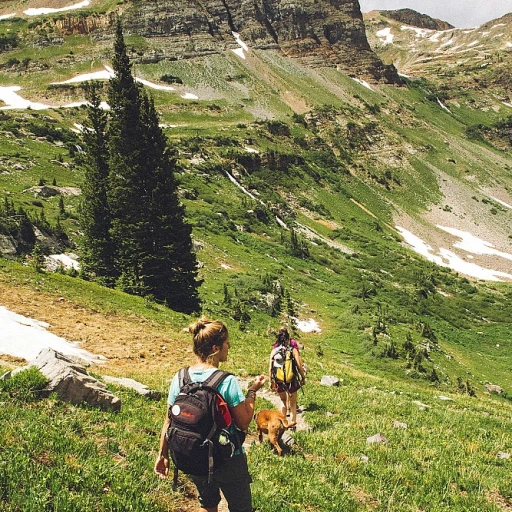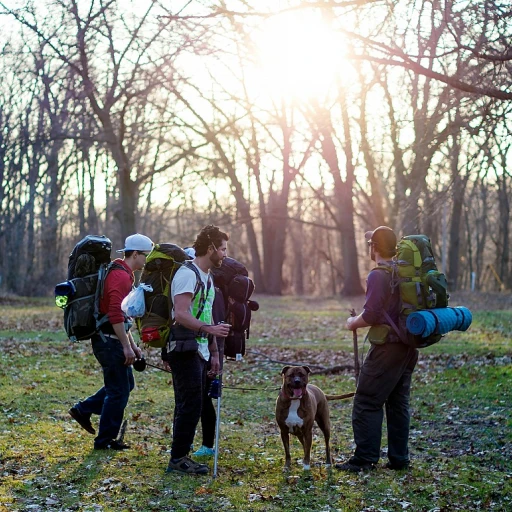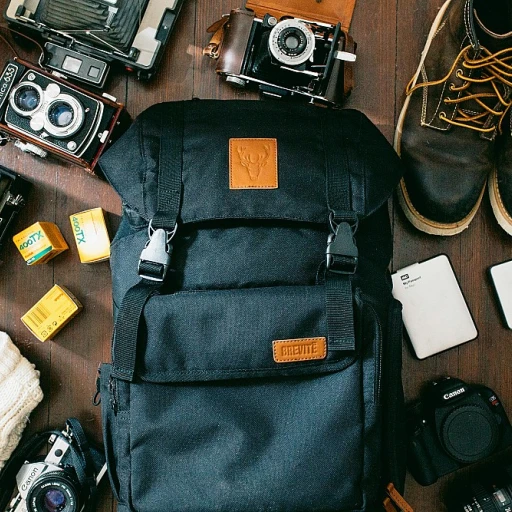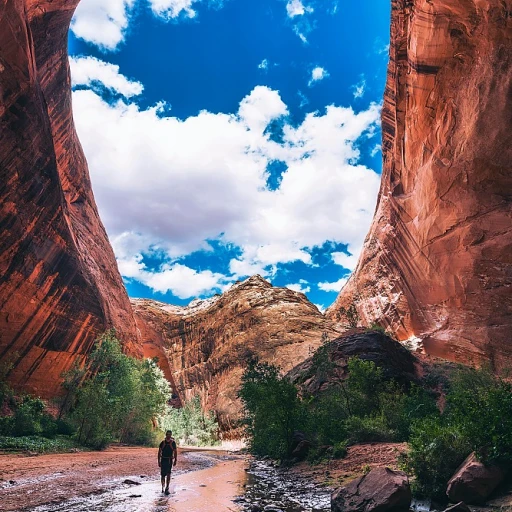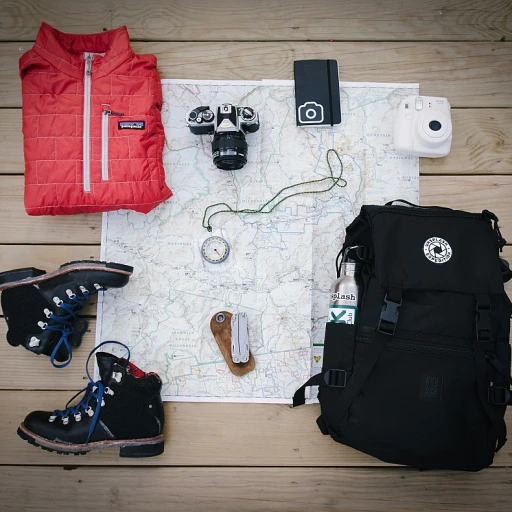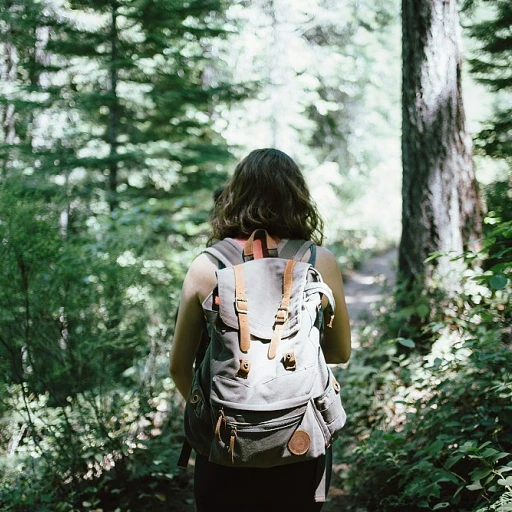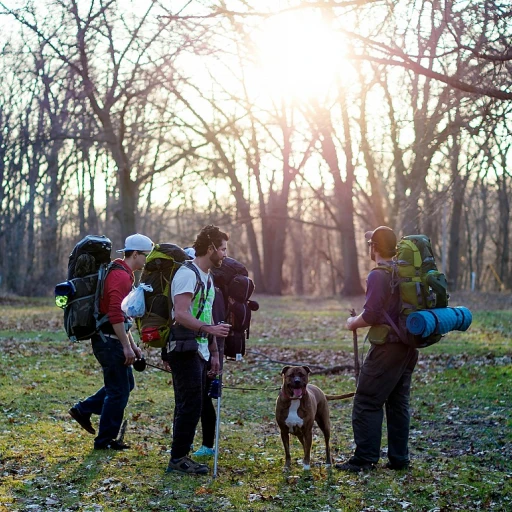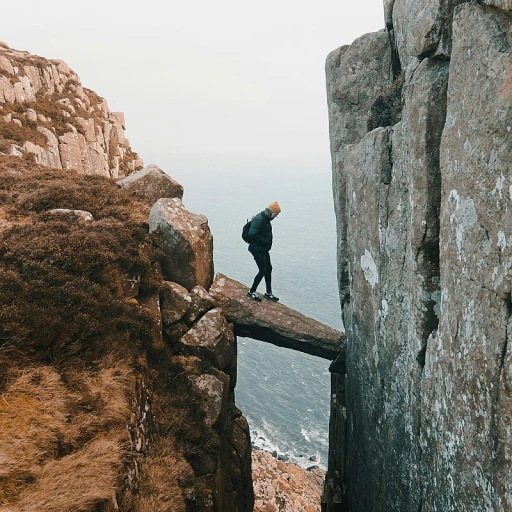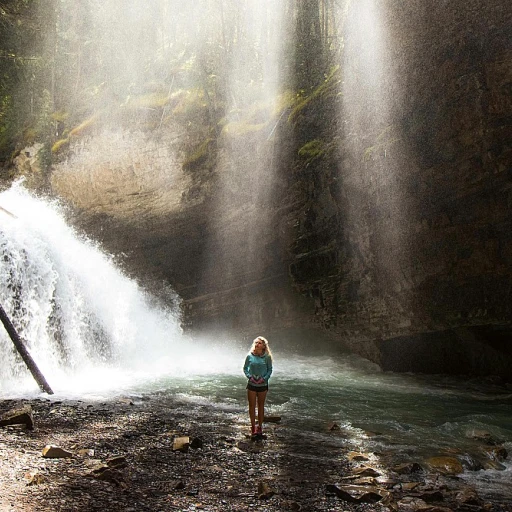
Understanding the Terrain: Colorado's Diverse Landscapes
Colorado's Terrain: A Diverse Wonderland
Embarking on an adventure through Colorado's captivating landscapes offers hikers a chance to experience a tapestry of environments. From sweeping deserts to snow-capped mountain peaks, the state's diverse terrain shapes not only the hiking experience but also the needs for the perfect pair of hiking boots. Whether you are visiting a national park or exploring a local state park, trails in Colorado can vary significantly in elevation and difficulty. The rocky mountain trails, for example, such as those found in the Rocky Mountain National Park, can exhibit an elevation gain that challenges even the most seasoned hikers. The difficulty can range from easy walks around Bear Lake to summit hikes requiring expertise in gear and endurance. The key is understanding the terrain of your chosen trail. For those venturing into trails like the Great Sand Dunes National Park, the shifting sand might necessitate a different type of boot compared to the stable, yet porous lava rocks found in some other Western United States terrains. With each mile on Colorado's paths, whether you're hiking easy trails around Denver or tackling moderate trails like Glacier Gorge, knowing your terrain helps in selecting boots that provide both comfort and performance. This is crucial not just for the hike's success but for overall enjoyment, especially when tackling the best hikes Colorado has to offer. Sections exploring further into hiking boots dig into factors like boot anatomy, weather adaptability, and longevity strategies. But, before those considerations, recognizing how Colorado's splendid and varied landscapes affect hiking essentials is pivotal. For more insights into trails that truly capture Colorado's essence, explore this hiker's paradise in Colorado, where serene lakes meet majestic mountain vistas, offering some of the best trails in the state.The Anatomy of a Hiking Boot: What Experienced Hikers Need
The Essential Components of a Reliable Hiking Boot
When tackling the diverse trails of Colorado, understanding what makes a hiking boot sturdy and reliable is crucial. Colorado's trails range from the challenging elevation gains of summit hikes to the gentle paths of state parks, each requiring a thoughtful approach to footwear.Durability and Protection
A sturdy hiking boot needs to withstand a variety of terrains from the icy paths of bear lake to the sandy stretches near sand dunes. Look for boots with reinforced toe caps and durable outsoles. The rocky paths in Rocky Mountain National Park and other hikes in Colorado demand boots that can handle sharp edges and uneven surfaces.Support and Stability
With trails offering varying degrees of difficulty, from the moderate climbs of glacier gorge to longer routes with significant elevation gain, support in your hiking boots is vital. Boots with a firm midsole provide the necessary support to keep your feet stable, especially on trails near steep mountains and lakes.Breathability and Water Resistance
Colorado’s climate can be unpredictable, changing from a sunny day to a downpour or snow as one travels miles across different elevations. A perfect boot should offer breathability for those hot days while also being water-resistant for unexpected weather changes, ensuring comfort through every mile.Traction and Grip
The best hikes in Colorado often feature challenging sections like those found on the less trodden trails of mountain national parks. A reliable boot with good traction is essential for navigating both dry and slippery conditions. Opt for boots with deep lugs that grip the earth, giving you confidence on inclines and wet surfaces. For an in-depth exploration of hiking in Colorado and choosing the right gear, you might find this guide on Turquoise Lake, a Hiker's Paradise in Colorado, particularly useful.Choosing the Right Fit: Comfort vs. Performance
Comfort Takes the Lead
Navigating the diverse hikes in Colorado, from the majestic Rocky Mountain trails to the serene Bear Lake Trail, demands boots that focus on comfort without compromising performance. Whether tackling a summit hike with considerable elevation gain or an easier trail within a state park, ensuring a comfortable fit is essential. Your feet are your primary vehicle on these adventures, and discomfort can quickly turn a memorable hike into an unpleasant chore.
Performance: A Close Contender
Performance remains a crucial factor when selecting hiking boots, especially on Colorado’s varied trails, like the exhilarating challenges found in the Sand Dunes or the moderate difficulties of Glacier Gorge. The best hiking boots offer a perfect blend of comfort and functionality, allowing hikers to cover miles roundtrip efficiently while ensuring safety on unpredictable terrains. Reviews from experienced hikers often highlight boots that balance comfort with features such as superior grip, water resistance, and robust support.
Finding the Right Balance
Trail conditions in Colorado's national and state parks, such as those in Denver or along the iconic mountain ranges, often dictate your hiking boot selections. For instance, a challenging hike with substantial elevation like those found at a mountain national site demands a boot prioritizing ankle support and outsole traction. Conversely, gentler hikes can afford lighter options. When planning your hikes in Colorado, consider exploring the magic of camping in Utah to broaden your experience across different terrains and climates.
Customization: An Overlooked Aspect
Some hikers find great benefit in customizing their hiking gear. Custom insoles or choosing boots with different lacing systems can make a significant difference on longer treks. As you explore Colorado’s trails ranging from best hikes to easy treks, these personalized adjustments can provide that extra level of comfort and performance needed, especially on hikes with dogs on a leash, where agility and support are even more crucial.
Weather Considerations: Adapting to Colorado's Climate
Preparing for Colorado's Changing Skies
Colorado's weather is known for its unpredictability, especially when exploring trails ranging from the sand dunes of the southern state to the summit hikes in the Rocky Mountain National Park. Hikers need to equip themselves with boots that can withstand sudden weather shifts and adapt to elevation changes. Experience tells us that a hiking boot needs not only to endure tough terrains but also to manage variable climate conditions.
When planning hikes around Denver or targeting the great elevations of trails in Colorado, consider the following tips:
- Waterproof Protection: Afternoon thunderstorms are quite common, often turning a moderate trail into a slippery adventure. Waterproof boots are a must-have for hikes ranging from Bear Lake to the expansive trails of the state parks.
- Breathability: While waterproofing is crucial, breathability ensures your feet remain comfortable. As you trek through sand dunes or strenuous elevation gains, moisture-wicking materials help prevent blisters.
- Temperature Adaptation: Given Colorado's elevated terrain, temperatures can drop rapidly at higher elevations. Insulated boots can offer that extra layer of warmth when you're atop a wind-swept peak or walking the trails of Glacier Gorge.
Reading up on trail reviews before setting out can also provide insights into recent weather patterns impacting your chosen route. Whether you're tackling hiking trails around the serene lake trails or the more challenging hikes Colorado offers, being prepared for the state's climate is key to a satisfying and safe adventure.
Trail Recommendations: Matching Boots to Trails
Matching Your Boots to the Trail: Finding the Perfect Fit
Exploring Colorado's trails requires not only the right attitude but also the right footwear. With its variety of landscapes, from the serene tranquility of Bear Lake to the rugged beauty of Rocky Mountain National Park, Colorado offers something for every hiker. Choosing the best hiking boots based on the trail you're tackling is key to an enjoyable experience. When you're planning to hike through a national park or a state park, consider the trail's elevation gain and difficulty. For instance, trails with a moderate difficulty, like those in the Sand Dunes or the more challenging summit hikes in Rocky Mountain National Park, demand boots with excellent traction and ankle support. This helps mitigate the added strain from uneven surfaces and elevation changes. If you're venturing out on an easier hike, such as along a lake trail, opt for lightweight boots or trail shoes. These provide comfort and flexibility for miles of easier terrain without the extra weight. ### Iconic Trails and Suggested Boots- Bear Lake: Known for stunning views and easy hiking, go for comfortable trail shoes that offer great ventilation.
- Glacier Gorge: For this more demanding hike, sturdy boots with strong grip and ankle protection are advisable.
- Great Sand Dunes: The shifting sands require shoes with a secure fit to keep out sand and provide stable support.
Maintenance Tips: Extending the Life of Your Hiking Boots
Prolonging the Lifespan of Your Hiking Boots
Ensuring that your hiking boots last for many adventures in Colorado's stunning terrain is crucial. Regular maintenance not only extends their life but also guarantees comfort and performance on each trail, be it the rugged paths of Rocky Mountain National Park or the sandy stretches near Great Sand Dunes.- Clean After Each Hike: Whether tackling hikes in the United States' various state parks or making your way through the rocky paths of Colorado's mountains, it’s essential to clean your boots after each outing. Dirt, mud, and debris can hinder performance and compromise waterproof linings. Use a soft brush and mild soap to scrub them clean.
- Proper Drying Techniques: Don’t leave your boots damp after crossing lakes or enduring unexpected rain showers. Moisture damages materials and fosters unpleasant odors. Air dry them naturally at room temperature instead of relying on direct sunlight or heat sources, which could damage the integrity of the fabric.
- Routine Inspections: Embrace regular checks for signs of wear and tear. Examining soles for wear, inspecting stitching, and checking for cracked leather or fabric can help spot potential issues early. This foresight is especially beneficial on long trails exceeding several miles.
- Waterproofing and Conditioning: Trails ranging from difficulty moderate to challenging elevation gain often expose hikers to varying weather conditions. A good water-repellent spray can protect your boots from unexpected downpours, while leather conditioners ensure flexibility and reduce cracking.
- Replace Worn Laces: It might seem minor, but replacing worn or frayed laces ensures a secure boot fit, affecting both safety on hikes and the overall hiking experience.
